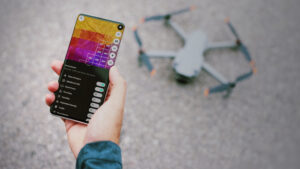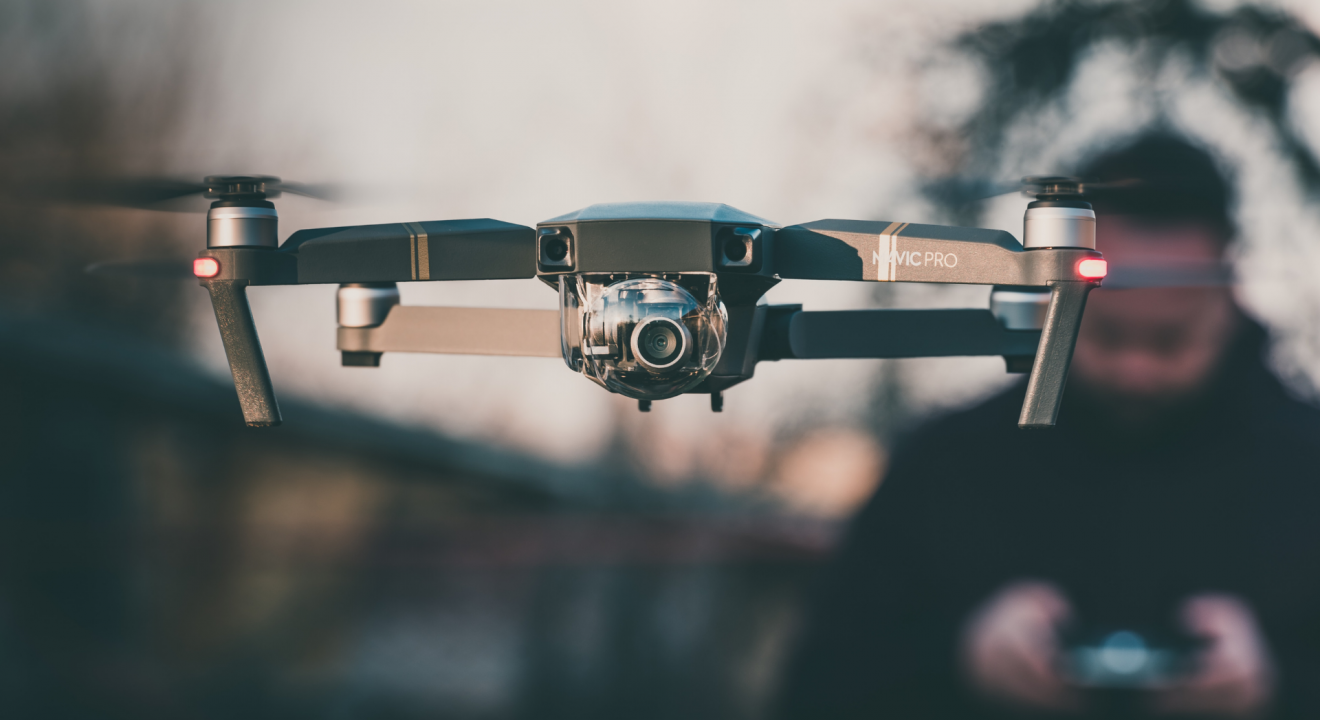The use of drones in the commercial sector has skyrocketed in the last few years, and their potential is still yet to be fully seen. In 2016, the FAA defined the procedures for commercial drone use, and since then companies have increasingly turned to the new technology to support a number of business-facing priorities.
How drones are expected to impact multiple industries
The drone market size is expected to grow to a massive $63.6B by 2025, with much of that growth being driven by enterprise adoption in the agriculture, construction and mining, insurance, media and telecommunications, and law enforcement industries.
Because drones are able to get to hard to reach locations, they make perfect devices to assess the damage after a disaster, properly assess a construction site, and analyze farm fields to ensure crop output. Drones are also expected to make a huge impact on warehouse operations, improving overall inventory management, providing logistical support, and inspecting conditions that can help maintain a warehouse’s longevity.
Drones are also expected to be a major contributor to last-mile delivery, leading to deeper discounts companies can use to pass on to their customers and increase their market share.
But how organizations integrate and incorporate drones as part of their business development plans will be key in ensuring the technology makes a transformational impact. Several executive leaders have identified drone fleet management, airspace management, universal traffic management, as well as logistics, and operational management as crucial factors that need to be considered for drones to be used to their maximum potential.
How management solutions can address current challenges in drone management
Without the right drone management and airspace management system in place, your drone fleet program launch may lack key efficiencies that will eat away at the benefits you may have forecasted.
Airspace visibility
Airspace visibility is crucial to ensure your drones have clear flight paths on their missions even in the face of external changes. Having a solution that accounts for changes in conditions and details is necessary in order to maintain operational efficiency and to keep your drones intact.
A universal traffic management solution should be able to detect and alert you to any local environment conditions, any obstacles that may suddenly appear, and changes in weather conditions like temperature, wind, and precipitation. Without the right visibility, you’re essentially flying blind.
Maintenance gaps
Not being able to forecast maintenance requirements and overall drone performance can hinder a mission’s effectiveness and the longevity of your drone fleet. Having a platform that can not only predict when a drone will require a calibration adjustment or motor cleaning but also streamlines the process via measurable work orders centralizes the process, helping your team save time while increasing your drone’s longevity.
This can have significant long-term impacts on the effectiveness of your drone fleet, while minimizing any costs required in overall maintenance and drone device replacements.
Automating processes
Manual workflows can slow your team down as they try to obtain mission authorizations, certifications, and approvals, meet flight requirements, and ensure they’re adhering to any compliance or regulations. However, automated solutions can lessen the burden and automate many of the authorization requests, freeing up your team to handle more important and pressing tasks.
Maximizing Drone Integration with Advanced Technologies
Machine learning has substantially influenced the way we approach drone management and airspace administration. To manage and interpret the vast amounts of ever-changing data on a real-time basis, machine learning is almost indispensable. Without it, it might be challenging to accurately assess airspace conditions or modify flight parameters in real-time. Machine learning provides teams with enhanced information at a faster rate, thus elevating mission efficacy.
Emerging technologies have played a significant role in streamlining the certification and authorization processes. They ensure drones adhere to flight norms and guidelines in specific airspaces and improve the overall drone management, making flight and maintenance logs more secure and precise.
When considering the integration of drones, organizations must prioritize setting up the appropriate infrastructure and platforms for optimum support.


